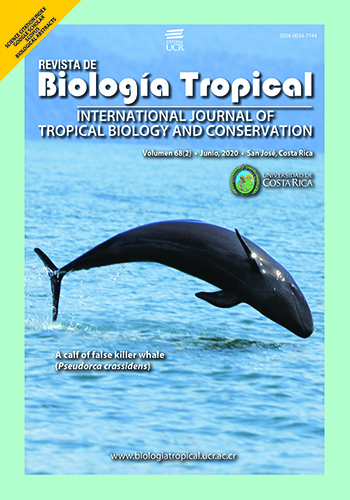Abstract
Introduction: Helicobacter pylori is a Gram-negative bacterium capable to survive and multiply in the gastric mucosa. It is the most prominent factor in the development of chronic atrophic gastritis, peptic ulcer, adenocarcinoma and MALT lymphoma. It is estimated that half the world population is infected. The economic cost and impact on the quality of life caused by H. pylori are important. There are several methods to detect the bacteria, but some are invasive, expensive, or both. Objective: We compare an inexpensive serological test based on ELISA for the detection of IgG, using the urea breath test (PYtest) as the reference method. Methods: The area under the ROC curve, sensitivity, specificity and predictive values were calculated. A subset of 45 samples was used for validation of the ELISA test, while the assay was evaluated with 185 additional samples. Results: The cut-off point to discriminate between positive and negative infection status by H. pylori was 0.75, using the optical density ratio of each serum and a positive control. With a higher value of the ratio, the probability of being infected increased. Using this criterion, the test showed a sensitivity of 91.4 % and specificity of 93.7 %. All diagnostic values improved when a gray zone was considered. Conclusion: The serological test developed here is equivalent to the urea breath test. However, the serological test is more accessible to the general population because of its lower cost. This serological test could be used in large-scale clinical research.

This work is licensed under a Creative Commons Attribution 4.0 International License.
Copyright (c) 2020 Recepción RBT, Ericka Méndez Chacón

